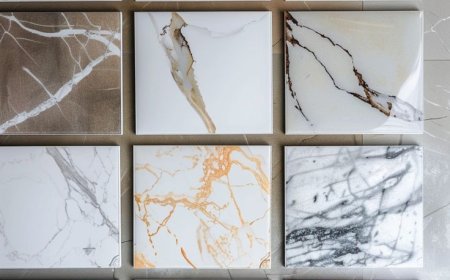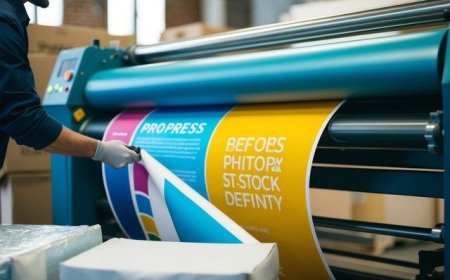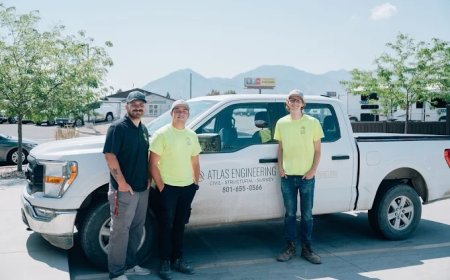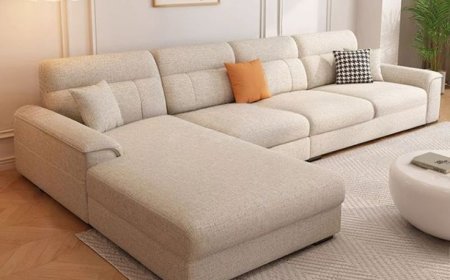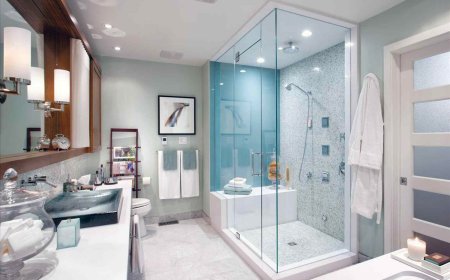How can you choose the best heating system for your climate and home layout from these nine options?
Discover the best home heating systems for every climate and lifestyle. Learn how to choose the most efficient, cost-effective option for your unique home setup.
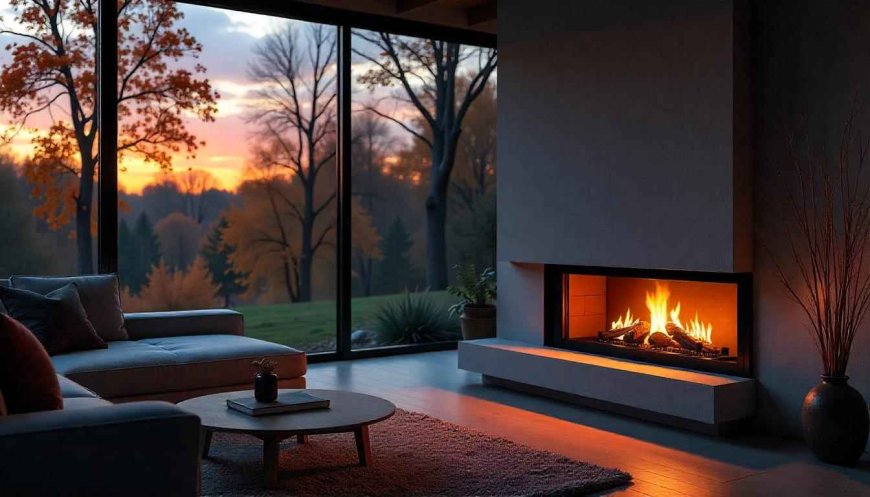
Heating a home is never one-size-fits-all. Where you live, how your home is built, and what kind of lifestyle you have all change the equation. Choosing a heating system that matches your local climate and the design of your house is the best way to achieve both comfort and efficiency. From cold northern winters to milder southern climates, each of these nine heating methods brings advantages and challenges. Lets explore how to match them to your unique circumstances.
Gas Furnaces in Cold Climates
Gas furnaces work best in reliably cold regions where temperatures stay below freezing for weeks or months at a time. These systems are robust and produce high volumes of warm air quickly. In older, large homes with existing ductwork, a gas furnace is almost always the simplest and most budget-friendly way to heat all spaces evenly. Their high AFUE ratings mean you wont waste much fuel, and their predictable operating costs make them a steady choice for cold-weather regions. If youre interested in gas furnace performance over time, you can discover more here for a detailed view.
Electric Furnaces for Mild or Backup Heating
For regions where heating is only needed a few weeks each year, electric furnaces can fill the gap. Their low installation costs make them attractive in places where winters are short. They also work well as secondary or emergency backup systems, since they are simple to install and maintain. But in cold climates, their energy costs can quickly become unmanageable, making them best suited for mild-weather locations.
Air-Source Heat Pumps for Moderate Climates
In places with moderate winters and mild summers, air-source heat pumps are close to ideal. They act as both a heater and an air conditioner, delivering year-round climate control with one system. Because they transfer heat rather than generating it, they stay efficient even during longer heating seasons. These systems are best paired with good insulation and a backup heat source in case temperatures dip extremely low. Their zoning ability also matches well with open floor plans or homes with additions that need flexible climate control.
Geothermal for Consistency
If you live somewhere with harsh winters but own a property with enough land, geothermal is a long-term, stable solution. Underground temperatures are steady even in deep winter, so a geothermal heat pump doesnt lose efficiency like some air-source models. In larger homes, particularly new builds, the consistent savings and durability of geothermal can justify its high initial price.
Radiant Heating for Even Comfort
Radiant floor heating suits any climate but is particularly nice in dry, cold regions. By gently warming the floor, it keeps heat near your body, reducing the need for high thermostat settings. Radiant works beautifully in open layouts, avoiding uneven heat flow and improving air quality by minimizing dust movement. It does, however, require thoughtful design, making it best for remodels or new homes rather than retrofits.
Boilers for Radiator Systems
If you own an older home with a radiator system, a modern gas boiler might be the easiest route to warmth. Radiators distribute heat more evenly than forced-air and provide a pleasant, consistent temperature. New condensing boilers push efficiency well above 90%, making them more sustainable than older models.
Ductless Mini-Splits for Flexibility
Mini-split systems shine in homes without ducts or in additions and remodels. They allow targeted heating, avoiding energy waste in unused spaces. In mild-to-moderate climates, they can handle the full heating load, while in colder climates they pair well with a backup furnace. They are also excellent for homeowners who want room-by-room temperature control.
Wood and Pellet Stoves for Rural Areas
Wood and pellet stoves suit rural homeowners who have access to local, affordable firewood and fewer air-quality restrictions. They provide cozy, direct heat and can keep a house running even during power outages, which is a huge benefit in remote areas. Their sustainability is best if you source wood responsibly, and modern models are much cleaner than traditional fireplaces.
Putting It All Together
Every home has its own heating personality. A system that performs flawlessly in a dry, mild region may be a total headache in a freezing climate. Matching fuel availability, installation costs, and your homes construction will guide you to the best choice. Heat pumps and radiant systems are great for those seeking efficient, modern comfort, while gas furnaces and boilers remain practical in traditional setups. For rural areas, wood and pellet stoves can add charm and reliability.
Before making your final decision, study your weather patterns, local fuel prices, and the layout of your home. To see a deep, side-by-side breakdown of each system, you can explore helpful resources that will help you choose wisely and heat your home in the most comfortable, affordable way.

























